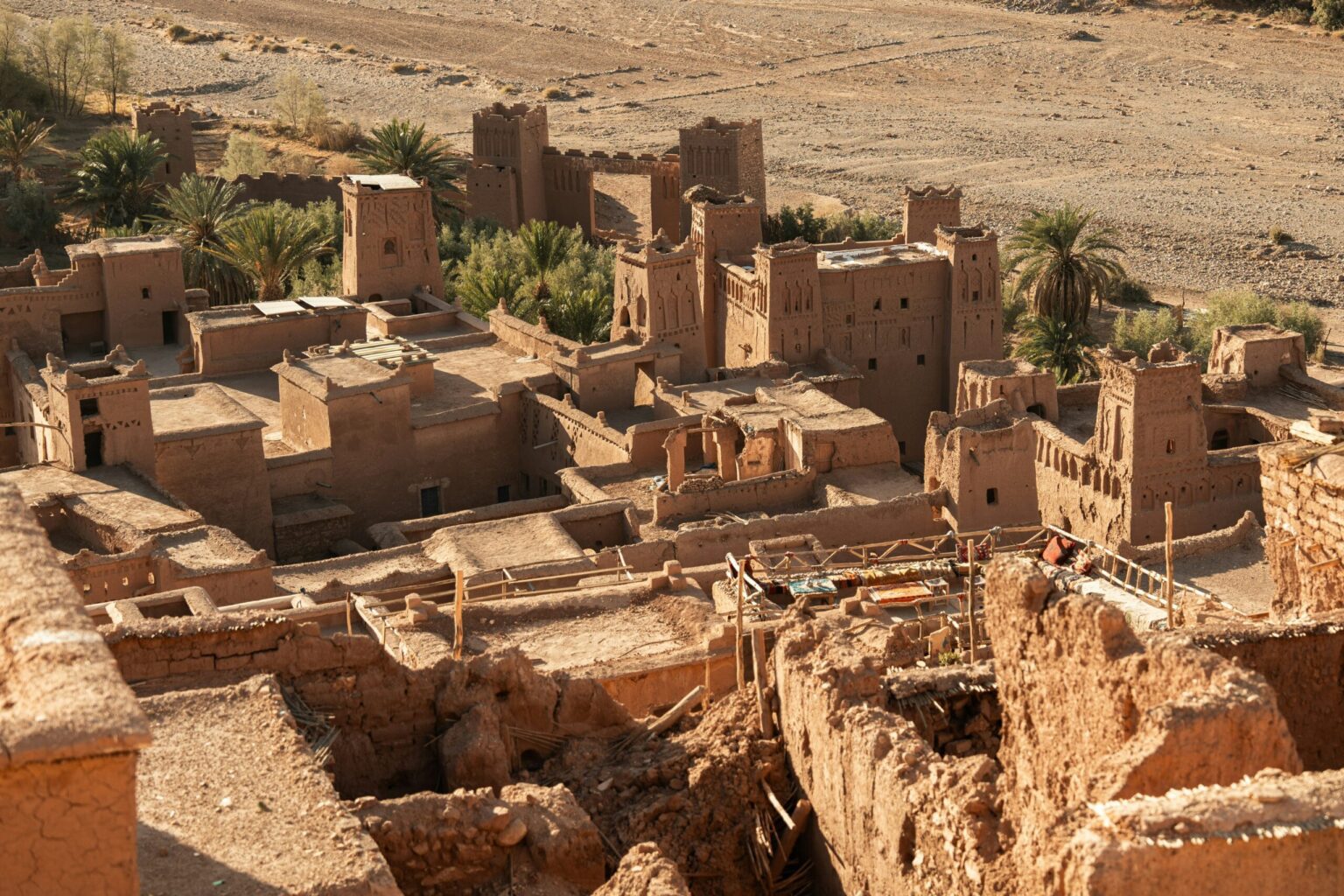A Tragic Earthquake Strikes
On the night of September 8, 2023, a powerful 6.9 magnitude earthquake struck the Marrakesh-Safi province in western Morocco, with its epicenter near the historic city of Marrakesh. Known for its ancient architecture, vibrant culture, and UNESCO World Heritage status, Marrakesh is home to iconic landmarks such as the Koutoubia Mosque and the Jemaa el-Fna square. The earthquake, which hit while many were asleep, caused widespread devastation throughout the region.
The destruction was particularly severe in Marrakesh, where centuries-old structures were reduced to rubble. Many of the city’s historic buildings, some dating back to the 11th century, were critically damaged or completely destroyed. The tremor also led to significant damage across the region, affecting homes, offices, and public infrastructure. Thousands of residents were left displaced, and the death toll quickly climbed to at least 2,960, with many more injured or trapped beneath collapsed buildings.
A Community in Crisis
In the immediate aftermath of the earthquake, the situation remained dire, as aftershocks continued to strike the region, complicating rescue and recovery efforts. Emergency responders faced significant challenges, including unstable structures, difficult terrain, and limited access to affected areas. Rescue teams, both local and international, rushed to assist in the search and rescue operations, but the scale of the disaster overwhelmed available resources.
The earthquake’s destruction was particularly acute in the rural areas surrounding Marrakesh, where many buildings were not constructed to withstand seismic activity. Despite improvements in Morocco’s infrastructure in recent years, many older structures, particularly in smaller towns and villages, were vulnerable to the tremor’s force. This vulnerability was exacerbated by the lack of modern seismic building codes in some regions, which contributed to the high number of casualties and extensive damage.
International Aid Mobilizes
In response to the catastrophe, the Moroccan government declared a state of emergency, and immediate rescue efforts were launched. International aid organizations, including medical teams, emergency supplies, and rescue personnel, quickly mobilized to support Morocco in its time of need. Countries like France, Spain, and the United Arab Emirates sent teams of experts to assist in the search-and-rescue operations and provide humanitarian aid.
The United Nations also provided significant assistance, deploying resources and personnel to help manage the crisis. The international community rallied together to provide both immediate and long-term support for the recovery efforts, recognizing the massive scale of the tragedy and the need for extensive humanitarian assistance.
Seismic Vulnerability and the Need for Preparedness
Morocco’s vulnerability to earthquakes is well known, as the country lies along the boundary of the African and Eurasian tectonic plates. The September earthquake underscored the ongoing risks posed by seismic activity in the region. While Morocco has made significant strides in improving its infrastructure and emergency response systems in recent years, the disaster revealed gaps in preparedness, particularly in older buildings and rural areas.
The earthquake also sparked renewed discussions about the need for stronger building codes and disaster preparedness. Experts have emphasized that stricter regulations for construction and retrofitting older buildings are critical to reducing the impact of future earthquakes. With the threat of seismic events remaining high in Morocco, there is a growing call for a national strategy focused on improving resilience to natural disasters and investing in infrastructure that can withstand such extreme events.
The Road to Recovery
As the dust settles from the immediate aftermath, the road to recovery for Morocco is expected to be long and challenging. The government and international partners are focused on providing immediate relief, including shelter, medical care, and food for the displaced populations. In addition to the humanitarian efforts, the country will need to embark on a lengthy reconstruction process to rebuild the damaged infrastructure and restore the livelihoods of those affected by the disaster.
In the face of such overwhelming devastation, the spirit of solidarity has been a source of strength for the Moroccan people. While the recovery will take years, the international community’s support, combined with Morocco’s resilience, will be key to rebuilding the nation and ensuring that it is better prepared for future challenges.
This earthquake serves as a sobering reminder of the unpredictability of natural disasters and the importance of preparedness and resilience in the face of such challenges. As Morocco begins its recovery, the lessons learned from this tragedy will undoubtedly shape future efforts to strengthen the country’s infrastructure and disaster response systems.
